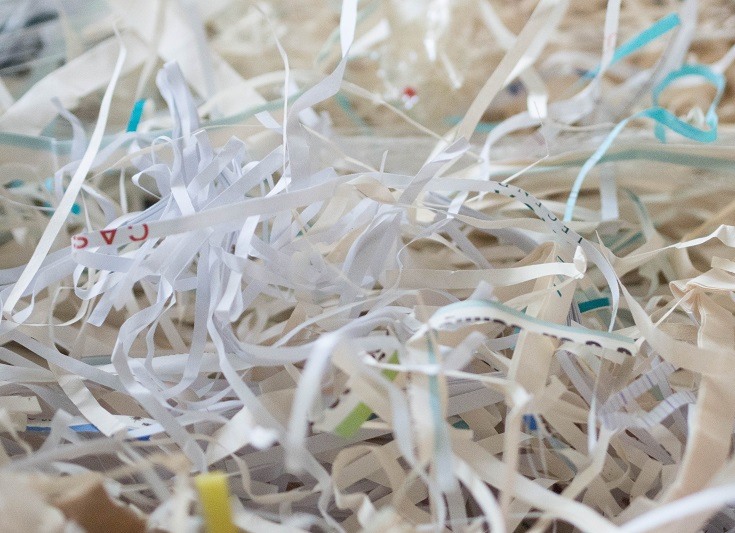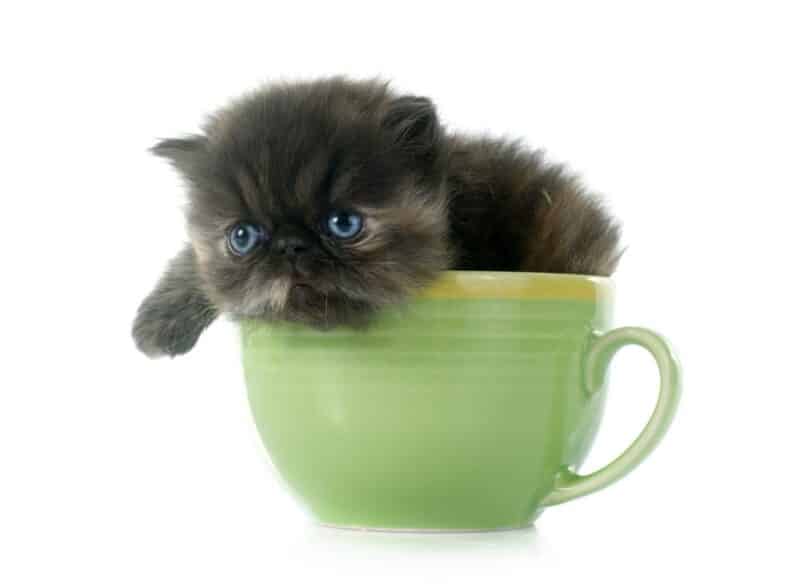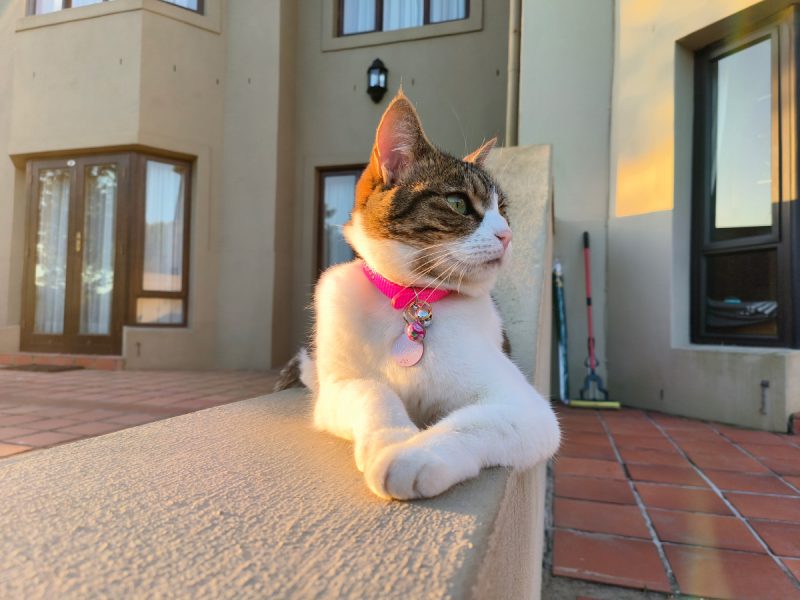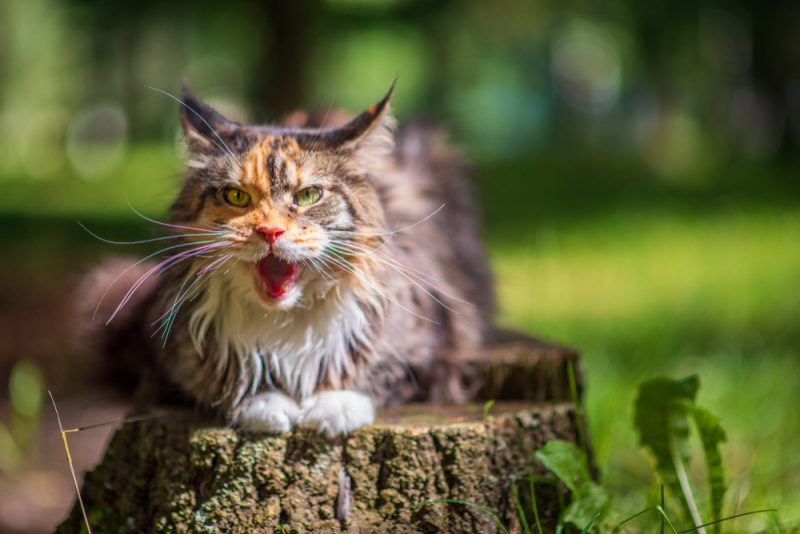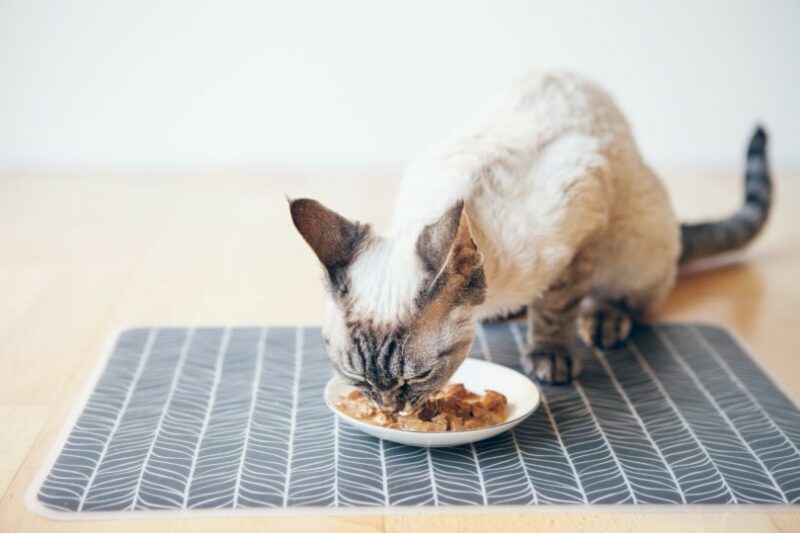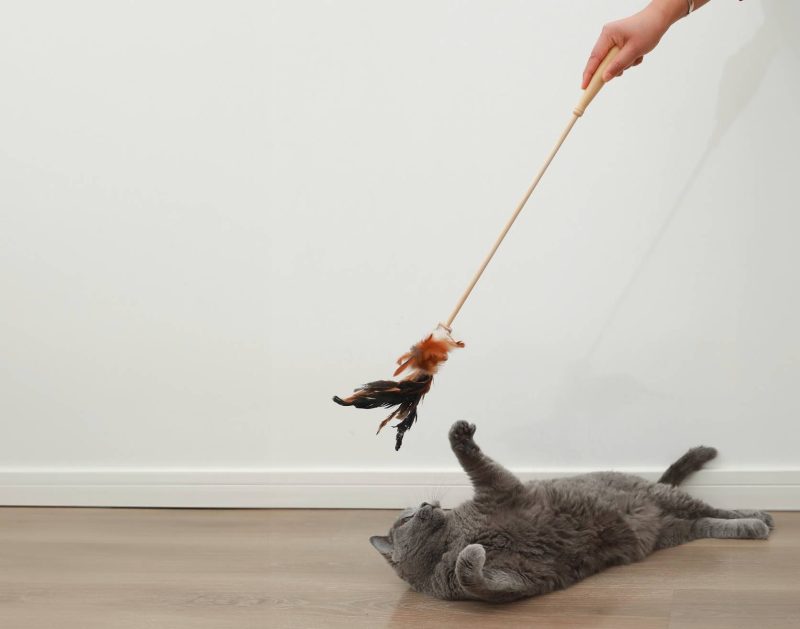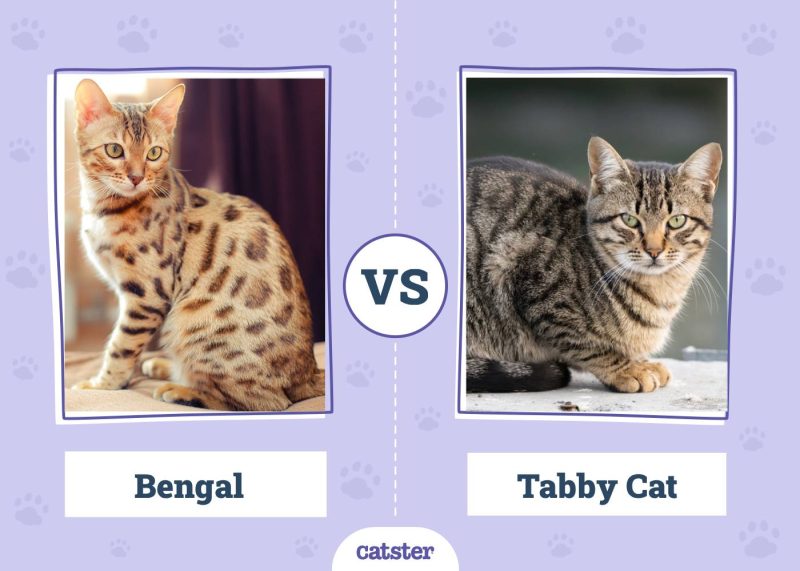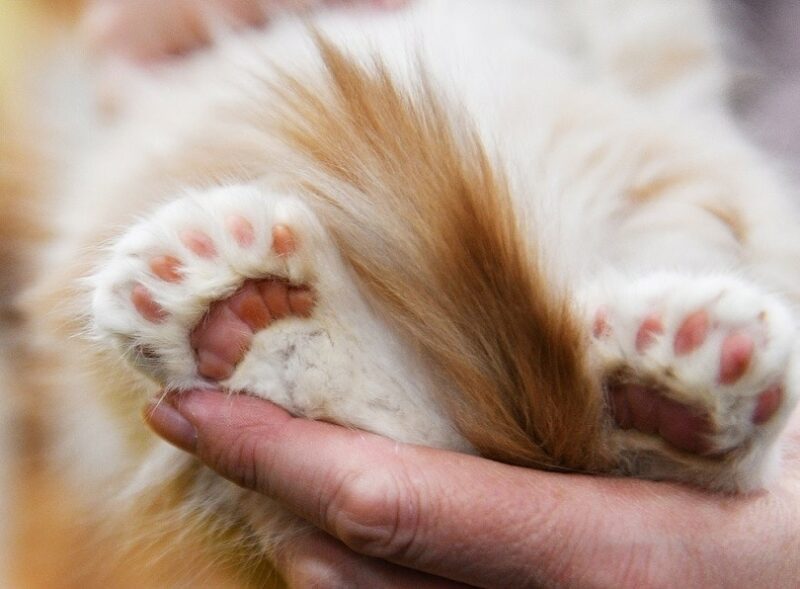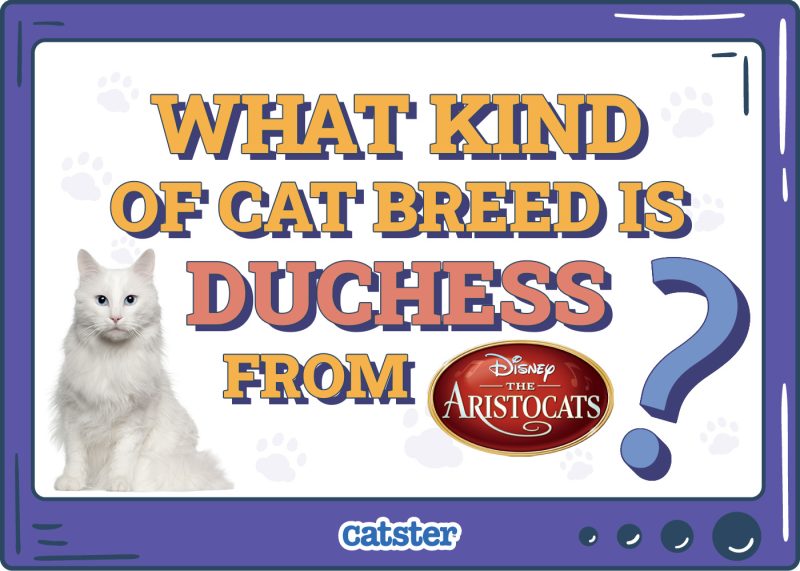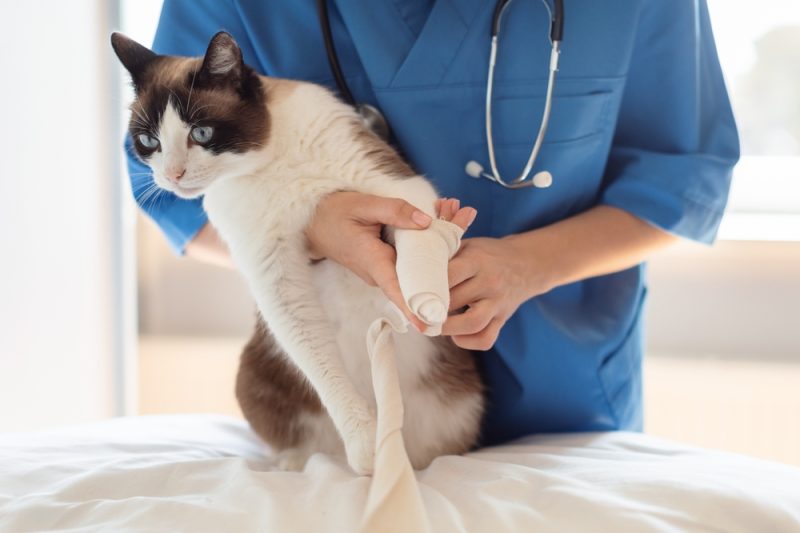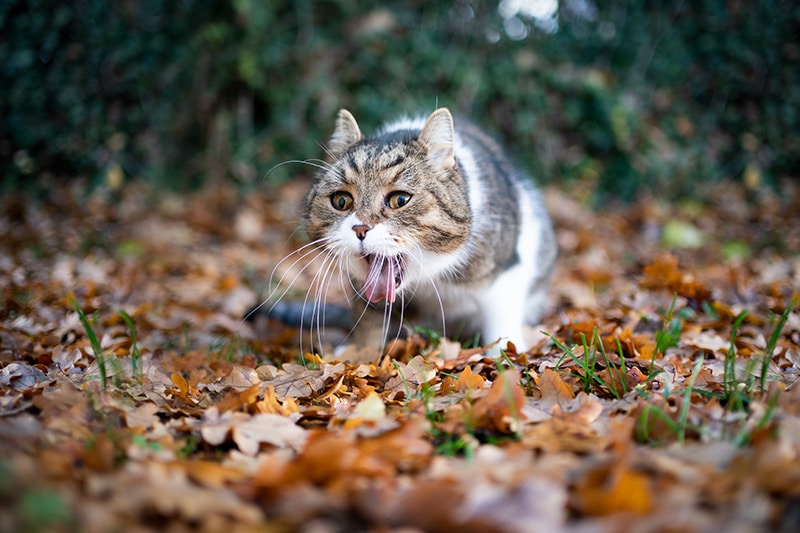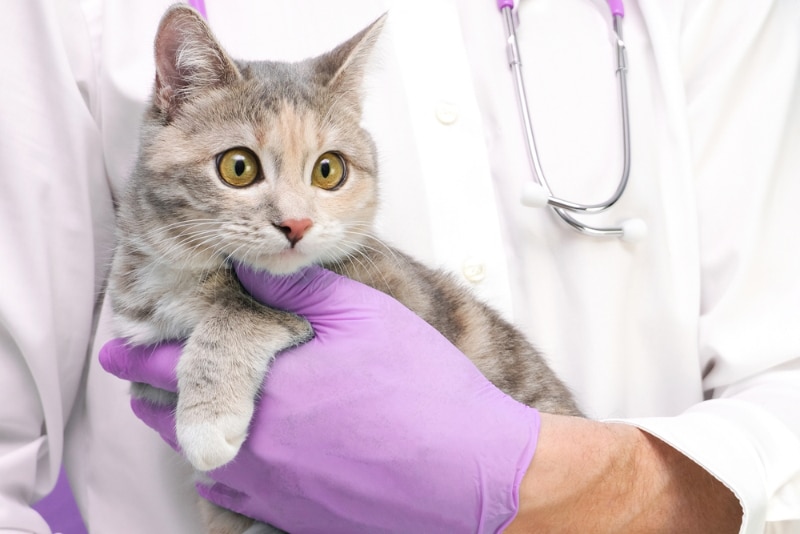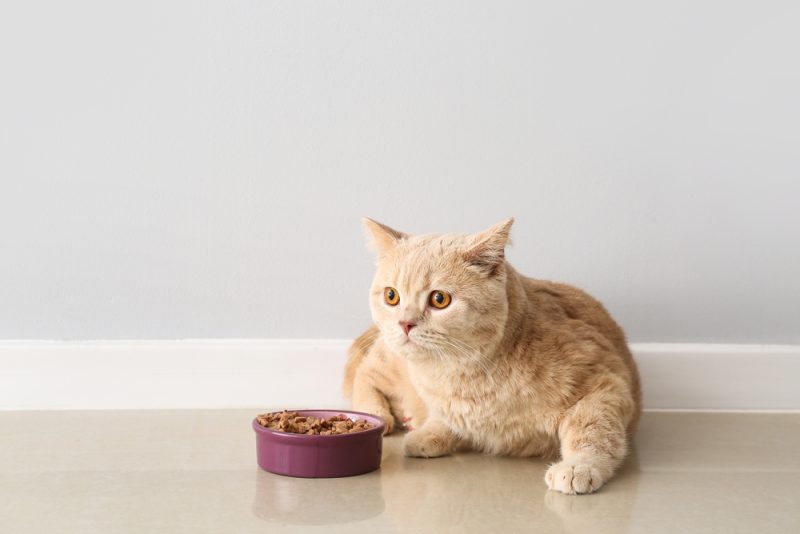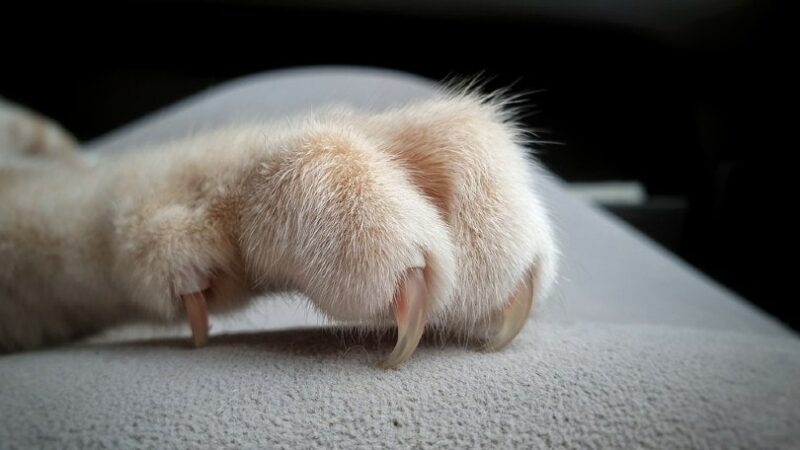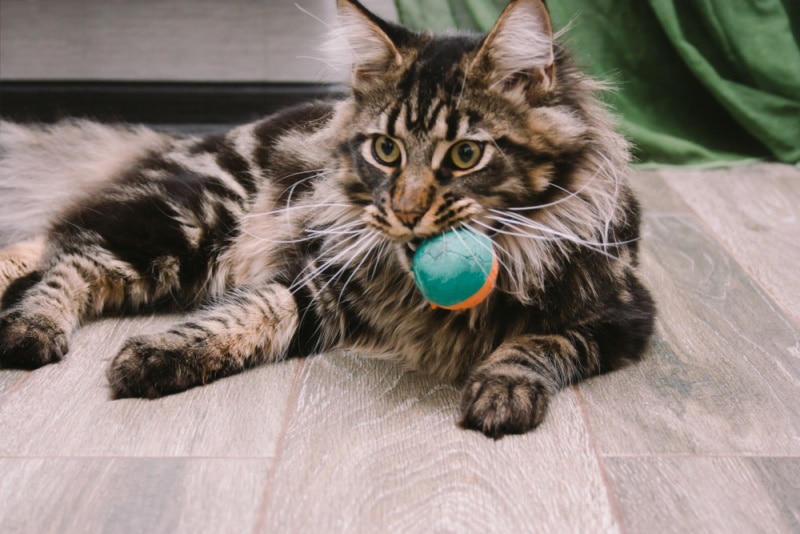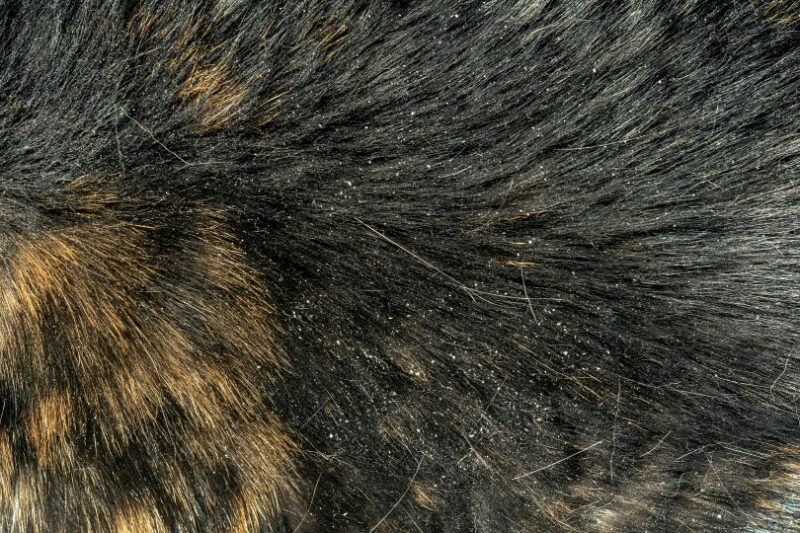In this article
View 2 More +All cat owners are familiar with the traditional clay cat litter, whether you started with it or still use it today. However, when scooping that dusty litter box becomes too much to bear, you might have come across an exciting alternative: shredded paper. Shredded paper is a dust-free alternative for traditional cat litter, but is it any good?
Yes, shredded paper is a good choice for litter if you don’t want to deal with choking on litter dust every time you scoop the box, and it has reasonable moisture control capabilities.

Benefits of Shredded Paper and How to Use It

Shredded paper cat litter has many advantages besides being dust-free. Its most notable advantage is that paper is extremely cheap and available anywhere. Most cats take to it quickly when switching from regular clay litter, and it’s eco-friendly too. Feel free to shred some at home or purchase a commercial product. Just make sure to use either plain paper or newspaper that uses a soy-based ink. Some newspaper inks can be toxic, so you’ll want to avoid using newspapers or print with petroleum-based products.
The downsides to using shredded paper are that it doesn’t absorb as much moisture as clay litter, so it needs to be changed frequently or it will start to smell very quickly.
Even the best cat litter can quickly start smelling bad. To avoid the expense and inconvenience of constantly replacing your litter, you can try a great litter additive like Hepper's Advanced Bio-Enzyme Cat Litter Deodorizer, a natural product that uses bio-enzymes to neutralize odors.
This deodorizer works on all types of litter and won't disrupt your cat's litter box habits. At Catster, we’ve admired Hepper for many years and decided to take a controlling ownership interest so that we could benefit from the outstanding designs of this cool cat company!
If you’re still on the fence about paper litter and want to compare it to other types of litter or learn what types of litter to avoid for your cat, you’re on the right page. Read on as we break down all that info and more.

The 5 Types of Cat Litter: Pros & Cons Explained
The world of cat litter can be confusing to keep track of—this litter is better at that, this one is worse at that, this one is cheaper, and so on, ad infinitum. To help put everything on paper side by side, we’ve compiled all the pros and cons of the most popular types of cat litter you can use in your cat’s litter box today. Consider the pros and cons of each carefully to choose the best litter for your cat and your home.
1. Paper Litter
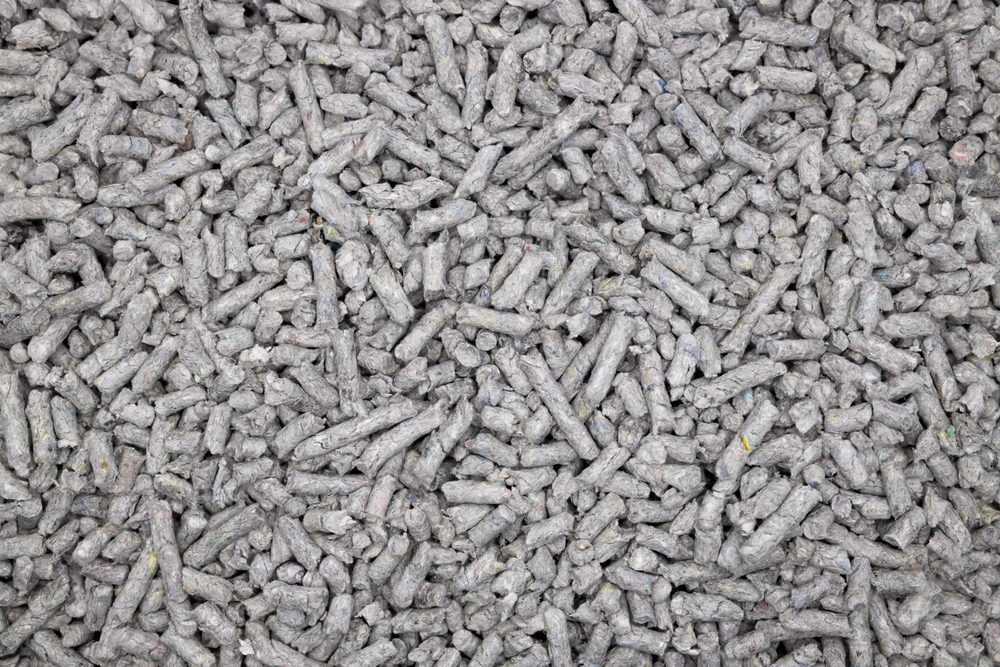
- Widely available
- Affordable
- Can be recycled at home out of newspaper
- Modest moisture absorbency
- Dust-free
- No odor control
- Needs to be frequently changed
2. Clay Litter
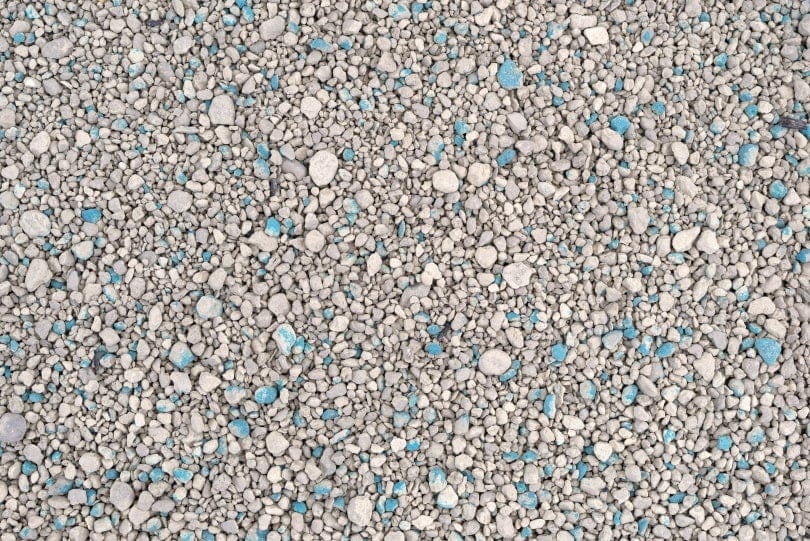
- Clumps together into easily scoopable lumps
- Lasts longer than paper
- Great moisture absorbency
- Usually has good odor control
- Most popular and widely available form of cat litter
- Generates dust
- Tracks easily
- Potentially harmful ingredients
3. Silica Gel Litter
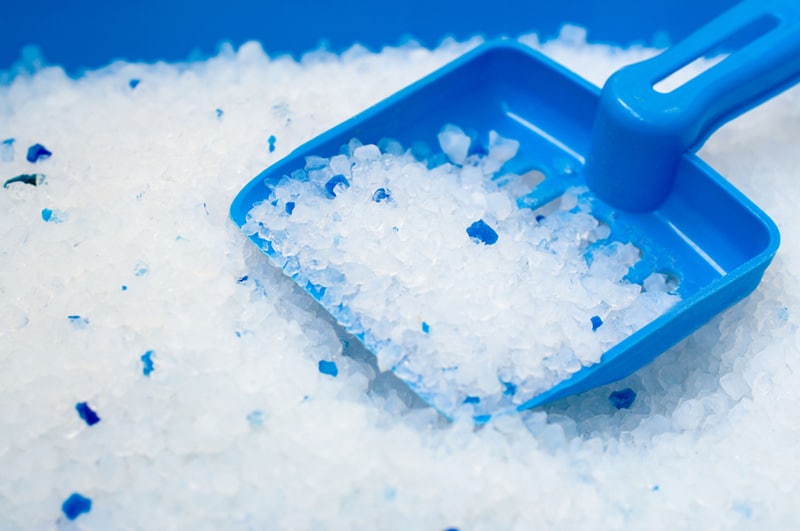
- Fantastic at absorbing moisture
- Effective at controlling foul litter box odors, requiring fewer changes
- Doesn’t produce dust or track
- More expensive than other litter types
- Some brands may be toxic if accidentally consumed
4. Wood Litter
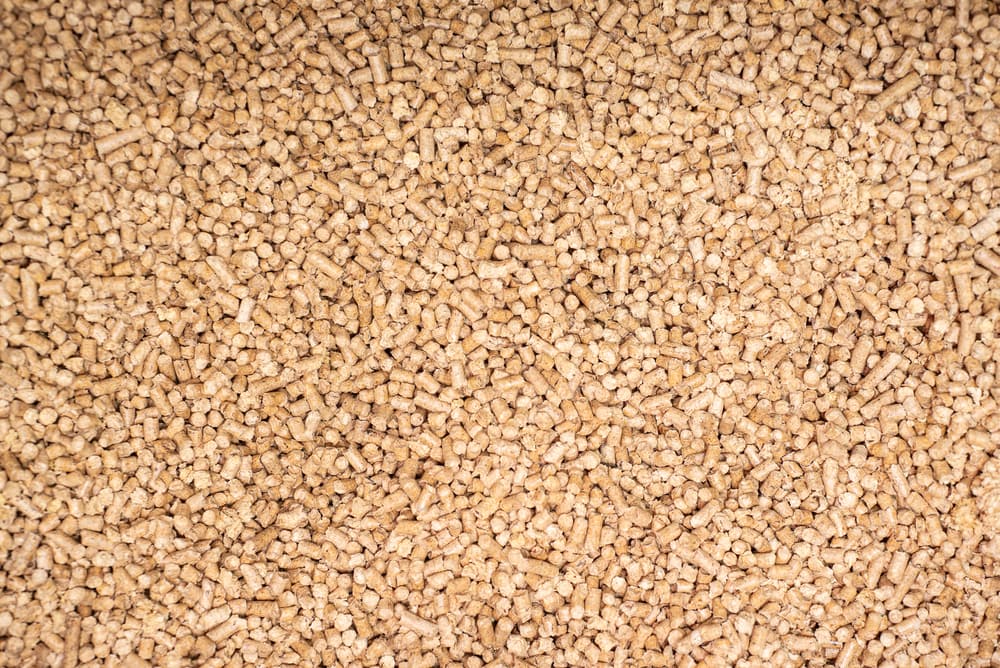
- Clumps well
- Easy to clean up
- Decent at controlling odors
- Biodegradable and non-toxic
- Expensive
- Pine and cedar products can be toxic to cats if not properly treated, it may be best to avoid them
5. Grain Litter
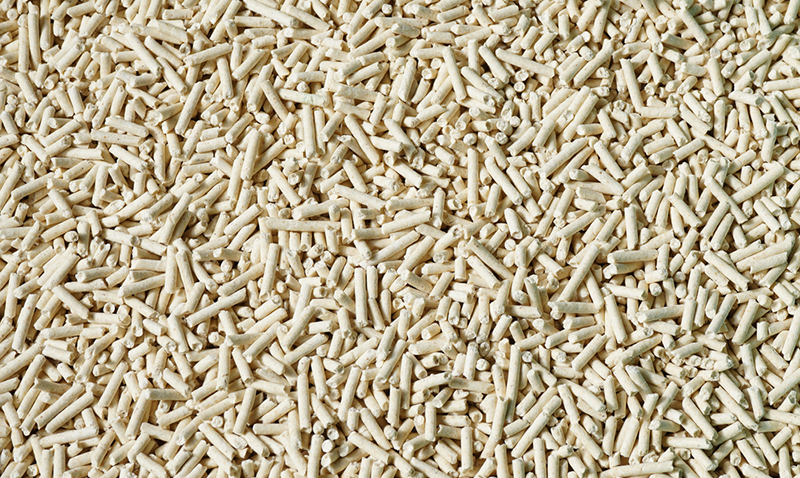
- Clumps well
- Produces less dust than wood pellets
- Biodegradable
- Easy to clean
- Soft on your cat’s paws
- Expensive
- May be difficult to source

What Types of Cat Litter Should I Avoid?
There are several types of litter you can use with varying degrees of success, but it’s important that you be aware there are litters you want to avoid as well. You might run into these at the pet store in your quest for the perfect cat litter, so make sure you memorize and stay far away from the types of litter listed below.
Types of Cat Litter to Avoid:
- Crystalline silica: Not to be confused with silica gel litter, this type of litter produces irritating silica dust that can be severely hazardous for your cat’s respiratory system, plus it’s toxic to ingest as well.
- Essential oils: While some types of oils used to mask odors in litter are fine, some are very toxic. We recommend avoiding all products with essential oils just to be on the safe side.
- Pine shavings: Pine contains toxic compounds called phenols. These phenols can be removed by kiln-drying the shavings. Non-dried shavings may be toxic, so be sure the product you use is kiln dried.
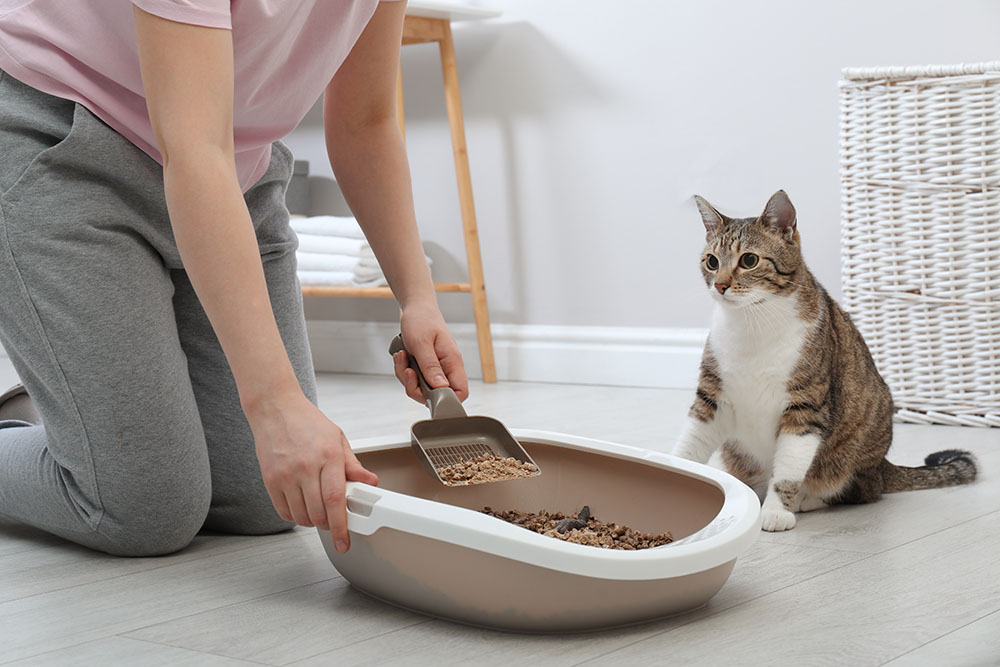

Conclusion
Cat litter is nobody’s favorite topic, but it’s important enough to merit discussion about the best types, which may be paper litter. Shredded paper litter is a cheap way to switch from dusty clay litter if you have access to a lot of paper and don’t mind changing it often as it tends to stink very quickly.
See also:
- How Do I Choose the Right Toys for My Cat? Vet-Approved Tips & Guide
- Why Is My Cat Pooping Outside the Litter Box?
Featured Image Credit: Sahat, Shutterstock
